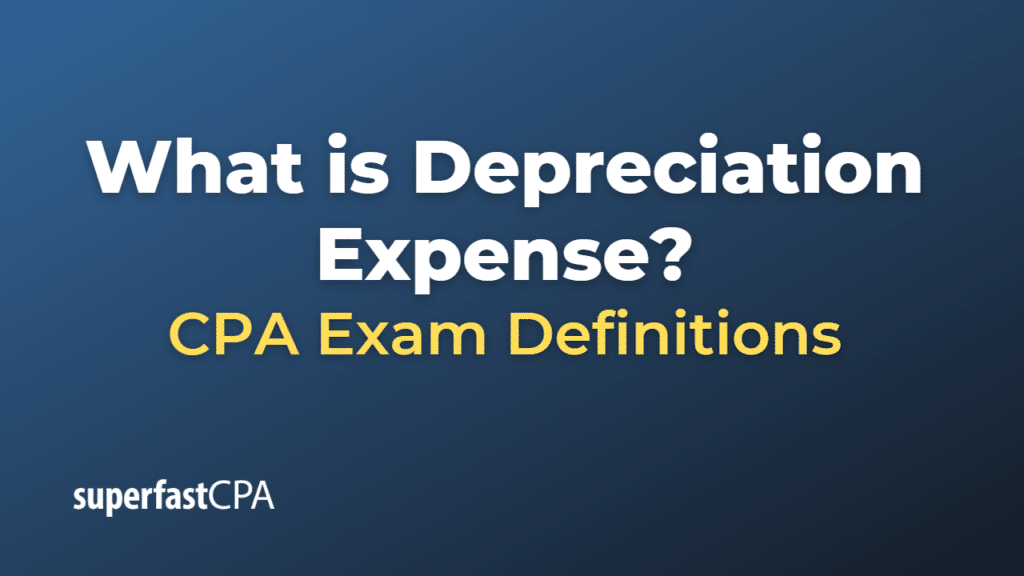Depreciation Expense
Depreciation expense is a portion of the cost of a company’s fixed or tangible assets that is allocated to the period in which the assets are used. This expense is recognized in the accounting period in which the asset is used or benefits the company’s operations, following the matching principle in accounting.
When a company purchases a fixed asset like machinery, equipment, or vehicles, the cost is not completely expensed in the year of purchase but is spread out over the life of the asset, mirroring its usage and benefit. This process of spreading out the cost over the asset’s life is known as depreciation.
The depreciation expense is reported on the income statement and reduces the company’s net income. It is also added to the accumulated depreciation account, which is a contra-asset account (an account that has a credit balance) on the balance sheet that reduces the original cost of the asset to reflect its reduced value over time.
The depreciation method used to calculate the depreciation expense can vary. The straight-line method, which spreads the cost evenly over the asset’s life, is the most common. Other methods include the declining balance method and the units of production method, which may be more appropriate in certain situations.
Example of Depreciation Expense
Let’s use a simple example to illustrate depreciation expense.
Suppose a delivery company buys a new van for $30,000. The company estimates that the van will have a useful life of 5 years, after which it will have no resale or salvage value.
The company uses the straight-line method of depreciation, which means the van’s cost will be spread evenly over its useful life.
So, the annual depreciation expense would be:
\(\text{Depreciation Expense} = \frac{\text{Cost of Asset – Salvage Value}}{\text{Useful Life}} \)
\(\text{Depreciation Expense} = \frac{\$30,000 – \$0}{5} \)
\(\text{Depreciation Expense} = \$6,000 \)
Each year, the company would record a depreciation expense of $6,000 on its income statement. This would reduce the company’s net income by $6,000 for that year.
Simultaneously, the company would add $6,000 to the accumulated depreciation account on its balance sheet. After the first year, the van’s net book value on the balance sheet would be $24,000 (its original cost of $30,000 minus $6,000 in accumulated depreciation). After the second year, the net book value would be $18,000 (the original cost of $30,000 minus $12,000 in accumulated depreciation), and so on, until the net book value reaches $0 at the end of 5 years.













